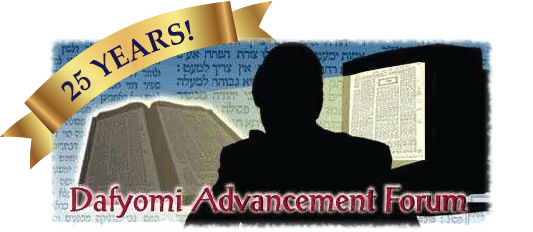What is the significance of the pan-full and the palms-full?
Oznayim la'Torah: When bringing something to Hakadosh-Baruch-Hu, one should do it generously. 1
See Oznayim la'Torah.
What are the implications of "Gachalei-Eish"?
Pesachim, 75b: It implies red-hot coals - withut a flame - so that, upon entry into the Kodeh Kodshim, the coal will have lost some of its redness. 1
See Torah Temimah, citing Pesachim, ibid., and note 46.
From which Mizbe'ach did Aharon take coals for the Ketores?
Rashi: He took coals from the Mizbe'ach ha'Chitzon (which is only partly "Lifnei Hashem", as implied by the 'Hry' in "mi'Lifnei Hashm" - Yoma, 45a). 1
See Sifsei Chachamim.
What are the connotations of "mi'Lifnei Hashem"?
Rashi: It means that he took the coals from the west side of the Mizbe'ach, which was the closest to the entrance to the Kodesh.
Yoma 45b: It implies ?which is partially Lifnei Hashem? ? with reference to the Mizbe?ach ha?Chitzon 1 - to preclude the Mizbe?ach ha?Ketores.
See Torah Temimah note 46.
What are the implications of "M'lo Chofnav"?
Sifra: He took a fistfiul - irrespective of the size of his fist 1 (in the way that one would normally take it - the arm above and the fingers below - Yoma, 47b).
See Torah Temimah, note 49.
Bearing in mind "Ve'nesan es ha'Ketores" in Pasuk 13, why does the Torah insert the (otherfluous word "Ketores and then "Samim"?
Sifra: "Ketores" teaches us .that - like the daily Ketores, it must come from public funds, and "Samim", that it must include all eleven spices of the daily Ketores.
Bearing in mind that all Ketores was ground fine (Dakah), why does the Torah see fit to write "Dakah" here, in connection with the Ketores on Yom Kipur?
Rashi: This teaches us that the Ketores on Yom Kipur was grounded particularly fine (Dakah min ha'Dakah). 1
Because on Erev Yom Kipur, he returned the ground Ketores to the grinder and ground it again. See Torah Temimah, note 51.
Based on the principle 'Ein Ma'avirin al ha'Mitzvos', why does Aharon interrupt with Ketores between Shechitah of the bull and sprinkling its blood? He should finish offering the bull first.
Seforno: After Shechting his Chatas and reciting Viduy, he was free of sin, and therefore ready to receive the Shechinah, which was about to appear on the lid of the Aron, 1 It was therefore appropriate to honor the Shechinah by entering Its presence with the Ketores. 2
Riva #1: Because before brining the Ketores, he would not be permitted to enter the Kodesh ha'Kodashim, since without the cloud of smoke he would die.
Riva #2 (citing R. Moshe of Pontaiza): He interrupts with Ketores, because when the cloud is there, it dispels the impression that he is benefitting from the radiance of the Shechinah.
Riva #3 (citing R. Yosef): Because once he begun sprinkling the bull's blood, he would not be able to interrupt until he finished with all the Haza'os. And if after pouring the Shirayim on the Mizbe'ach he would return inside for the Ketores, it would entail passing over Mitzvos.
See Pasuk 2 (Seforno).
In similar vein to the Ketores that is brought twice daily after the Korban Tamid (See Shemos 29:42 [Seforno]).




